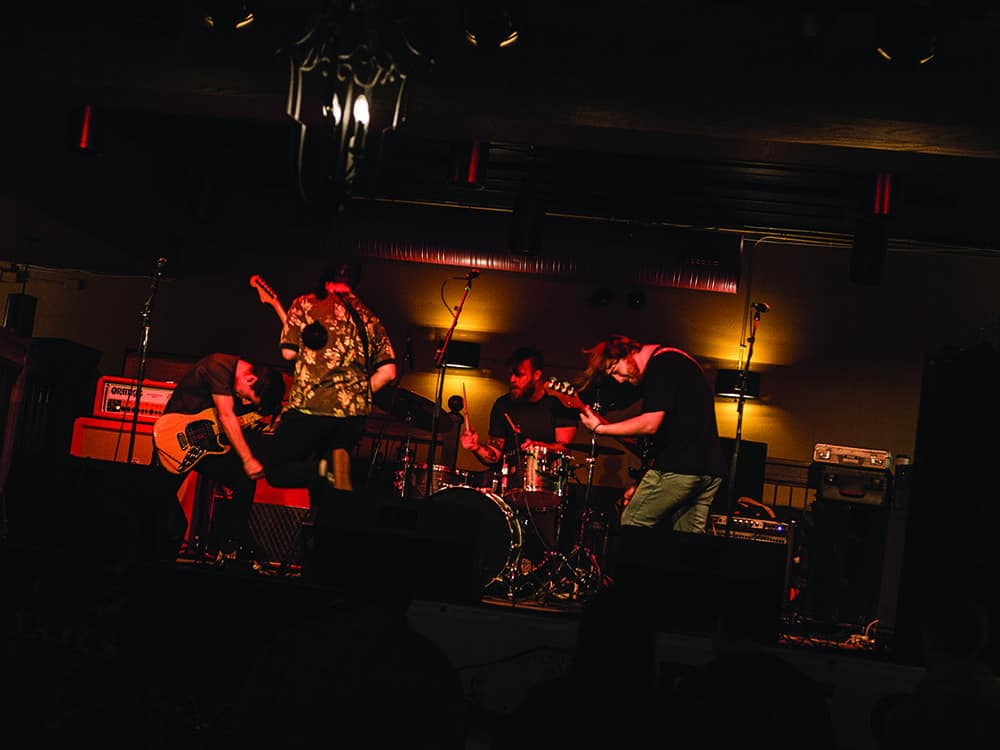Lights, camera, people

Article: Arthur Ward – Technical Editor
One of the reasons why I love photography so much is because it allows me to work with and meet new and interesting people. Someone once told me that photographers are the most anti-social individuals because they calculate all the shots in their head and all they do is direct poses from behind their camera. I thought about this for a while and in doing so, it had an impact on my photography. Here I am in a new city, with not as many friends as I had back home and a slight accent to my speech, which adds to the communication barrier. The last thing I wanted was to be labelled as a socially awkward photographer.
This is when I began to look at photography from a more human perspective rather than a technical one. You could have the best lighting and camera equipment there is, but if you are lacking those people skills, there’ll be no action! What I’m referring to is action is not necessarily the physical action of the subject, but the action or feedback you get from your subject or audience following theshoot. Ideally, what you need is a client returning for another shoot or making referrals to your work.
Event photography is a niche that is highly dependent on candid photos, and to be successful you have to be able to create what are called controlled candids. These are simply shots where the subject is having a drink, dancing, walking, having a conversation or just simply laughing, all as a result of your actions.
The first mistake you can make is to just jump right behind your camera and begin shooting away. If the event is one where you have to be discrete and are limited by time, this may be the only way to work. However, if the event is a social mixer, at a night club, or private party, have a conversation with a few people, first. The objective here is to let yourself be seen as a ‘regular’ person and not a photographer. As soon as someone sees a professional looking camera pointed toward them, they usually get defensive and self-conscious, which can be a disastrous way to start the evening.
Before you pull the camera out, you have to create the image that you are there for the event first and foremost, which means you should have done your homework on the band that’s playing or some other key point that’s relevant to the occasion. After you’ve established this, then let it be known that you are the photographer for the event and will be taking photos. The majority of the time, that person will be more than willing to let you take that pivotal “first photo.”
The first photo is exactly what it says, your first photo of the event with an actual subject. This is your small window of opportunity to set your camera’s settings, making sure that you have the type of image that you want while simultaneously continuing the conversation you started. At first, the sight of you fiddling around with your camera may not be an issue, but later on throughout the evening, people’s attention spans fade and their patience usually withers away after a few drinks, so it’s important to set your camera and forget it.
Now that you’ve been having a conversation with your subject for a while, you should know what you could say to make them laugh or smile. As this happens, your subject is not smiling because they are in front of a camera, but in response to whatever you are talking about. This is usually the big difference between a fake and genuine smile, which often times make or break a shot. At this stage, you should have gotten some candid-looking photos, because you discretely directed and posed your subject by simply talking to them. Now it will be easier to get your subject out of their comfort zone and experiment with different poses and expressions that they typically wouldn’t do when getting a photo taken. This adds to the spectacle of you being the event photographer.
So far, this seems like a very long process to get a smile out of someone, but it certainly pays off in the long run. When others see how much excitement your subject is having in front of your camera, they will gravitate towards you looking to get in on the fun. Your subject then becomes part of your increasing audience as you, the photographer, become the center of attention. Stopping now, even for a second to change the settings on your camera could interrupt the flow, causing you to lose momentum and the attention of your audience.
It also important is to show some of the images to your subject. Some photographers frown at this idea as it slows down the process, but people love to see themselves and will appreciate you more for doing so. This builds your momentum and keeps your audience wanting more photos. Showing an image straight out of the camera with no editing or retouching shows your confidence as a photographer and makes you look good!










